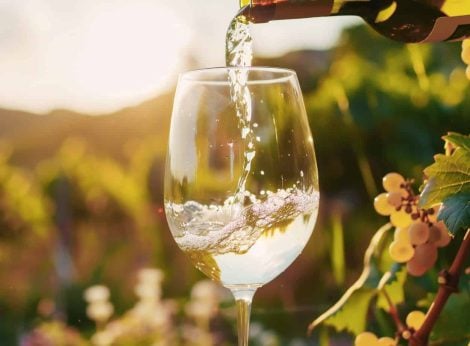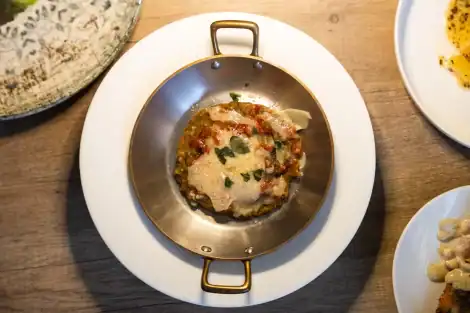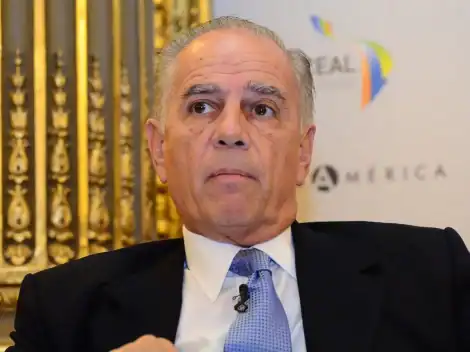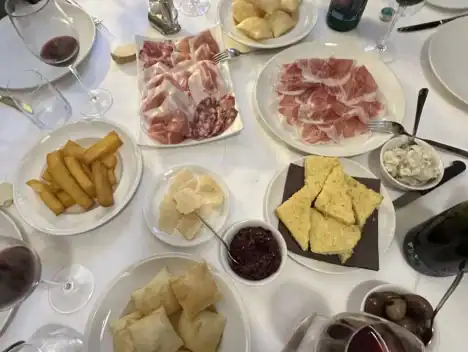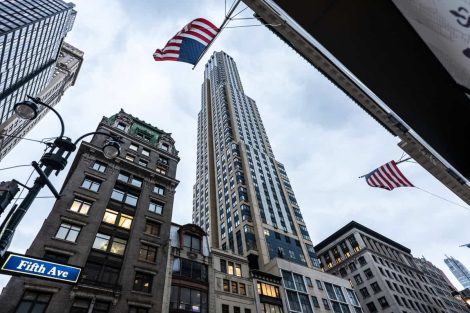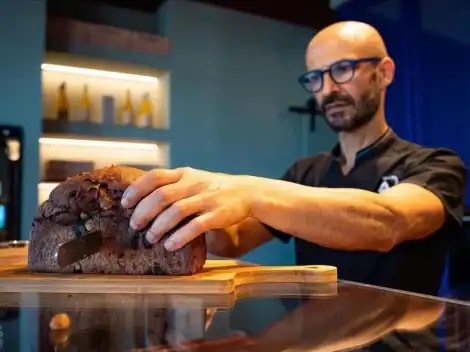The first Bordeaux blend in Italy was born in an unlikely place, just a 30-minute drive from the Gambero Rosso office, between the Appian Way and Ciampino Airport, the southern gate of the capital. We reach the Fiorano Estate on a rather dreary day, turning onto Via di Fioranello and driving past the first farmhouses protected by maritime pines. We are greeted by Prince Alessandrojacopo Boncompagni Ludovisi: "Unfortunately, the scale insects are eating them, we will have to cut down quite a few."
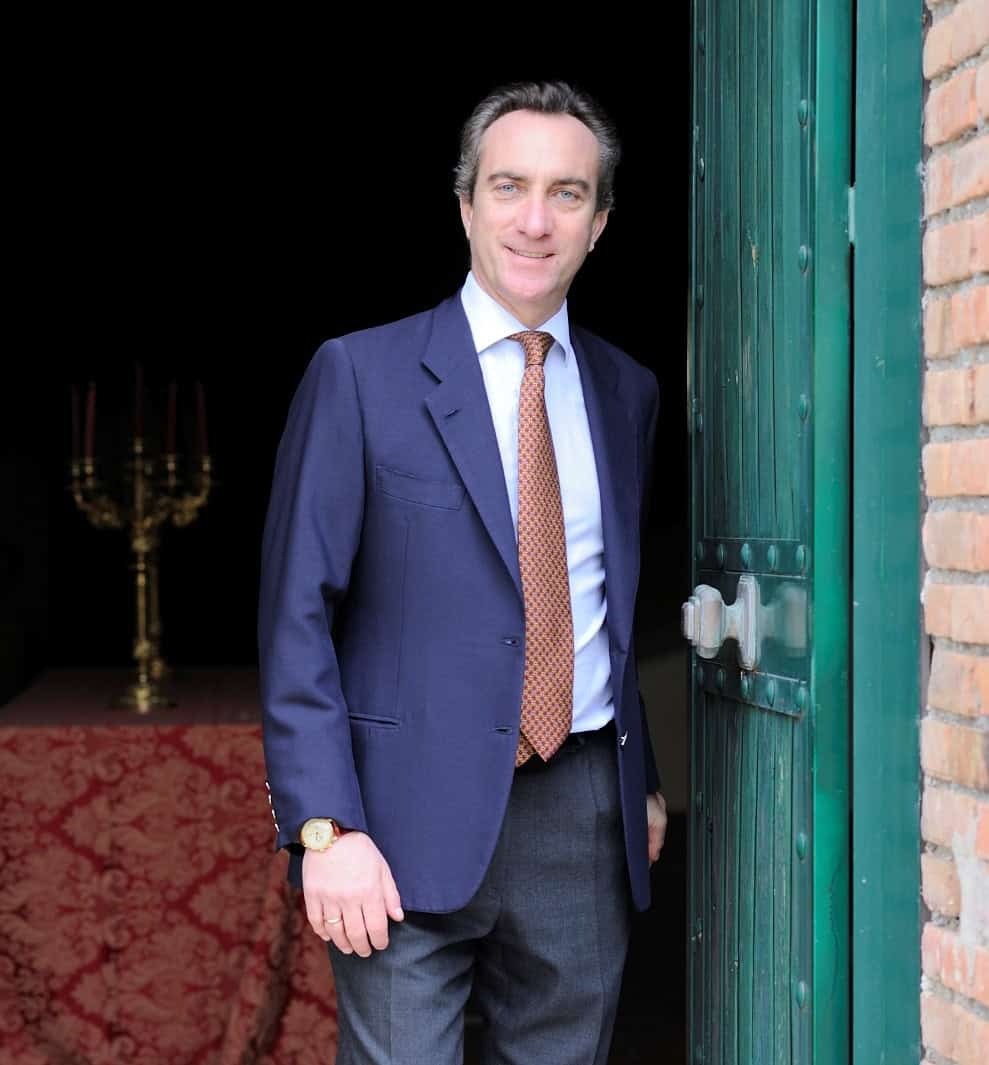
Always Organic
The estate spans 200 hectares, 12 of which are vineyards, along with olive trees, seeds, and pastures. "My uncle Alberico was a staunch naturalist; he always believed in completely healthy cultivation, producing only what was right. The mindset of someone who makes good wine primarily for themselves." The vineyards are managed organically, with natural grassing and crop rotation. Alberico was the Prince of Venosa, also known as the Prince with a Tractor. In the 1940s, he decided to plant varieties entirely unusual for the time: Cabernet Sauvignon and Merlot for reds, Malvasia di Candia, and Sémillon for whites. "The value of these lands is due to the volcanic soil and this constant wind. After all, the sea is just ten kilometers away as the crow flies," he tells us as we walk through the vineyards. It's the coldest day we've felt all winter. Alessandrojacopo has resumed his uncle Alberico’s activities, maintaining his creed and rigor.
"The first production years were in the 1940s; we found bottles from 1953 and 1955 still in good shape." The old vintages are kept in the legendary tuff cave, marked by two towers at the entrance. "The historic cellar holds about 35,000 bottles, stored in niches and various barrels. Access is denied to the public and journalists." The only exception was for Gino Veronelli, who wrote in the 1960s that Fiorano was among the best reds in Italy, sparking the myth of the wine at Rome’s gates. His first meeting with Alberico was dramatic: "I stopped to ring the bell; no one answered; the gate was open, so I decided to enter, when I heard the sound of horses' hooves; I didn’t have time to turn around before the Prince was already pointing a rifle at my face," he recounts in a letter. Veronelli later convinced Alberico to commercialize the wine, which was then produced only for private use.
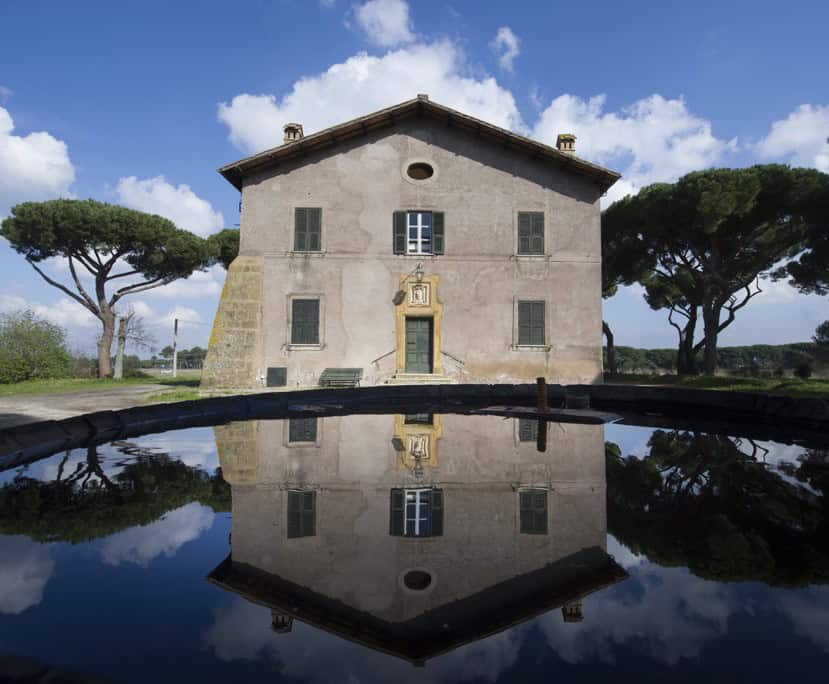
An artisanal approach
Buying them wasn’t easy. You had to call first to order the wines and show up in person to pick them up at the specified day and time, bringing the exact amount in cash. Labels were attached to the bottles on the spot, and you were locked up while waiting to prevent you from looking around too much. "We still have this artisanal character and old-time rhythms, just look at the people working here. Gianni, the steward, has lived in this farmhouse for almost 80 years. He is our historical memory." The winemaking cellar is simple and essential, like many things around here, founded on a Roman base, with a hole to drop the wine into the cave. For production, Alberico relied on technicians like Giuseppe Palieri. Between the 1950s and 1970s, the helm passed to Tancredi Biondi Santi. The production was extremely limited, and the wines were already known to open, as they do today, after many years. Rare and with an unpredictable slow evolution, the myth of Fiorano has fueled the curiosity of enthusiasts.
We had the chance to taste bottles from the 1960s a couple of times, popping up from who knows where, stored who knows how. They were excellent, sometimes very different but always fascinating. The family’s history adds to the sense of mystery surrounding the estate. In 1995, Alberico suddenly made a drastic decision: he uprooted all the vineyards, except for eight rows of Cabernet. "The official version? He cared so much about his production that he didn't want it to fall into the wrong hands." The relationship with his only daughter Francesca, who had married Marquis Piero Antinori, was not idyllic. Shortly after, Alberico transferred the replanting rights to his cousin Paolo, Alessandrojacopo's father, to start over, and the cycle began again. The first bottles came out in 2002. "He was very happy that we had embraced his philosophy. I was hesitant to release the wines with that name, given its history, but he encouraged me, giving me instructions on everything." Alessandrojacopo, who is passionate about art and curates both a contemporary and a classical art gallery, has made it his life's mission. He personally oversees all production phases, with a certain apprehension, say his employees. He often stands behind a booth pouring wine with the enthusiasm of a young man, while passersby ask for a selfie "with the prince." His journey hasn’t been a peaceful stroll.
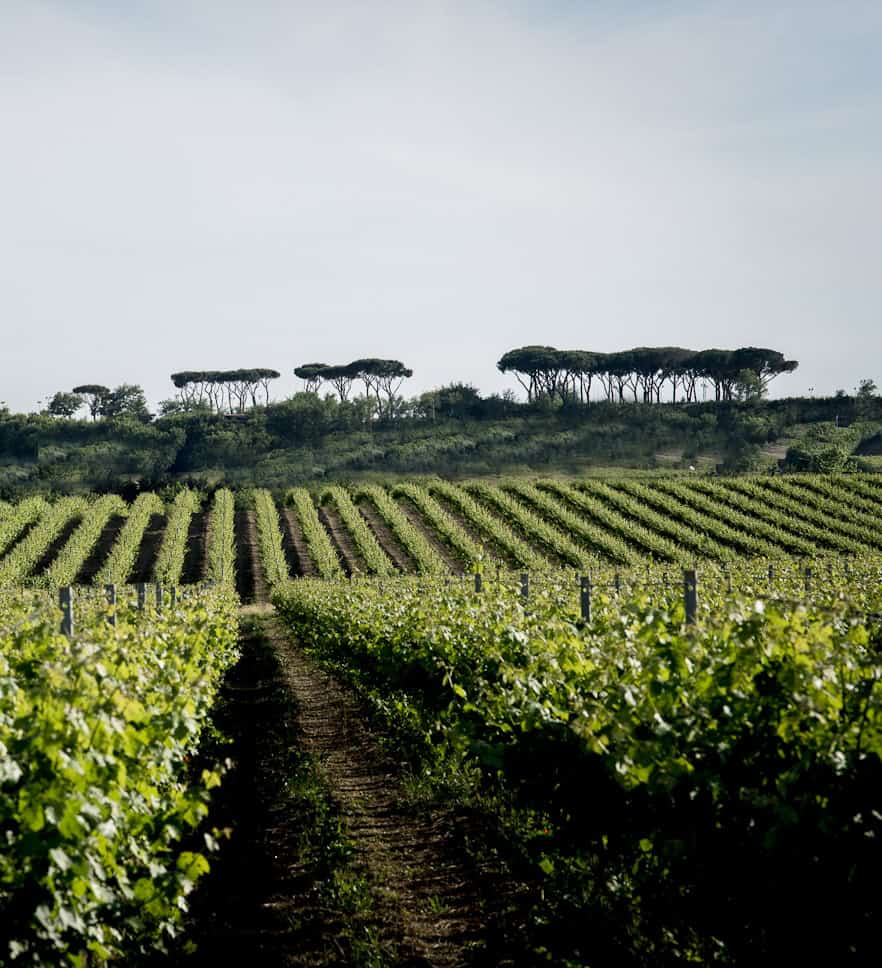
A complex legacy
In 2005, Alberico died, leaving an incredibly complex inheritance process, leading to a cold war between the Boncompagni and the Antinori families. After already transferring the planting rights, when he was alive, Alberico also left the cellar and the adjacent lands to his cousin Paolo and his son Alessandrojacopo. A conflict arose with his only daughter, Francesca, who had married Piero Antinori, and their three daughters: Albiera, Allegra, and Alessia. Alessia inherited the villa and some lands. In 2011, she planted vineyards and began producing wines with the same name: Fiorano and Fioranello. The wines were released under the Fattoria di Fiorano label. The two properties are a few meters apart on the same Via di Fioranello (17 and 34), causing total confusion. In 2015, the first ruling established that the name Fiorano could not be used for restaurant and accommodation services as done by the Antinori. In 2020, the final ruling recognized the sole legitimate Fiorano brand as that associated with Prince Alessandrojacopo Boncompagni Ludovisi, prohibiting the Antinori Marquises from producing and commercializing wines under that name. The Antinori cellar became Tenuta Principe Alberico.
As we walk through the rows, the dome of St. Peter’s suddenly appears in the distance, with the Alban Hills behind us. In the vineyard, a "production madness" wanted by Alberico continues: the grapes for the reds – Cabernet and Merlot in equal parts creating Fiorano Rosso – are harvested together on an average ripening day. "We organize a double team for harvesting each variety, ferment and vinify them together." The reds surprise with a very fine spicy accent, between balsamic and spicy, while the whites are very austere, with an unusual progression: they start mature and gain freshness and momentum over time. The oenologist for several years has been Lorenzo Costantini, who knows the territory well. Fiorano wines are highly appreciated in Asia; a bottle of Fiorano Rosso 1956 was auctioned for just over a thousand euros a few years ago, says Raimondo Romani of the Gelardini & Romani auction house, based in Rome and Hong Kong. He has been working there since 2007.
The return of Sémillon
If we weren’t in Lazio, the consideration would probably be different. Fiorano Bianco tells its own story; the red can easily challenge areas like Bolgheri and Bordeaux. What do these zones have in common? The marine effect, constant ventilation, good thermal excursion, and altitude. Alberico and Tancredi Biondi Santi chose the large barrel route, while Giacomo Tachis adopted the French barrique method for Sassicaia (produced since 1948 and marketed only since 1968). Two paths, two great lessons for the first Bordeaux blends in Italy. The first was born here, on the Appian Way, within an archaeological park still to be fully appreciated. "There are several farmhouses to renovate within the estate, and wine tourism is becoming an important factor. I’m alone, it will take time, but we will get there." Meanwhile, the prince takes out a bottle of unlabeled white wine and a glass. "You have to tell me what we’re drinking."

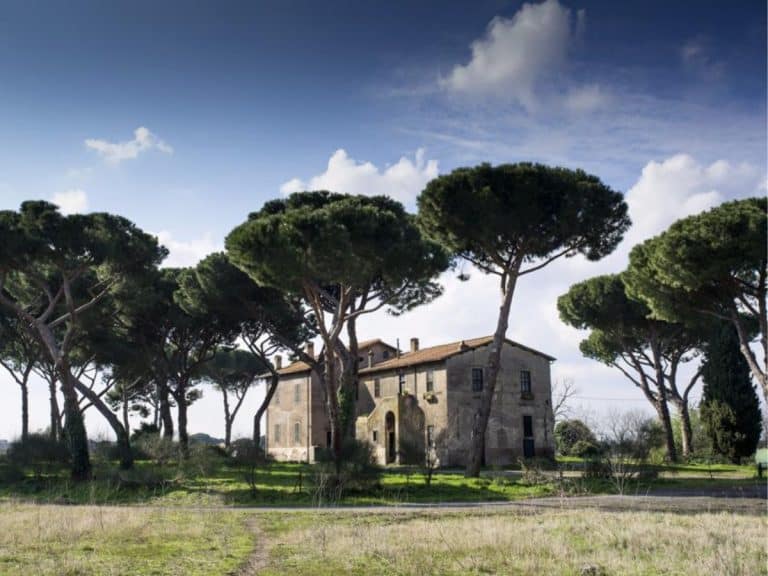
 Grilled vegetables and chicken on the side: in Chianti, plant-based cuisine takes centre stage
Grilled vegetables and chicken on the side: in Chianti, plant-based cuisine takes centre stage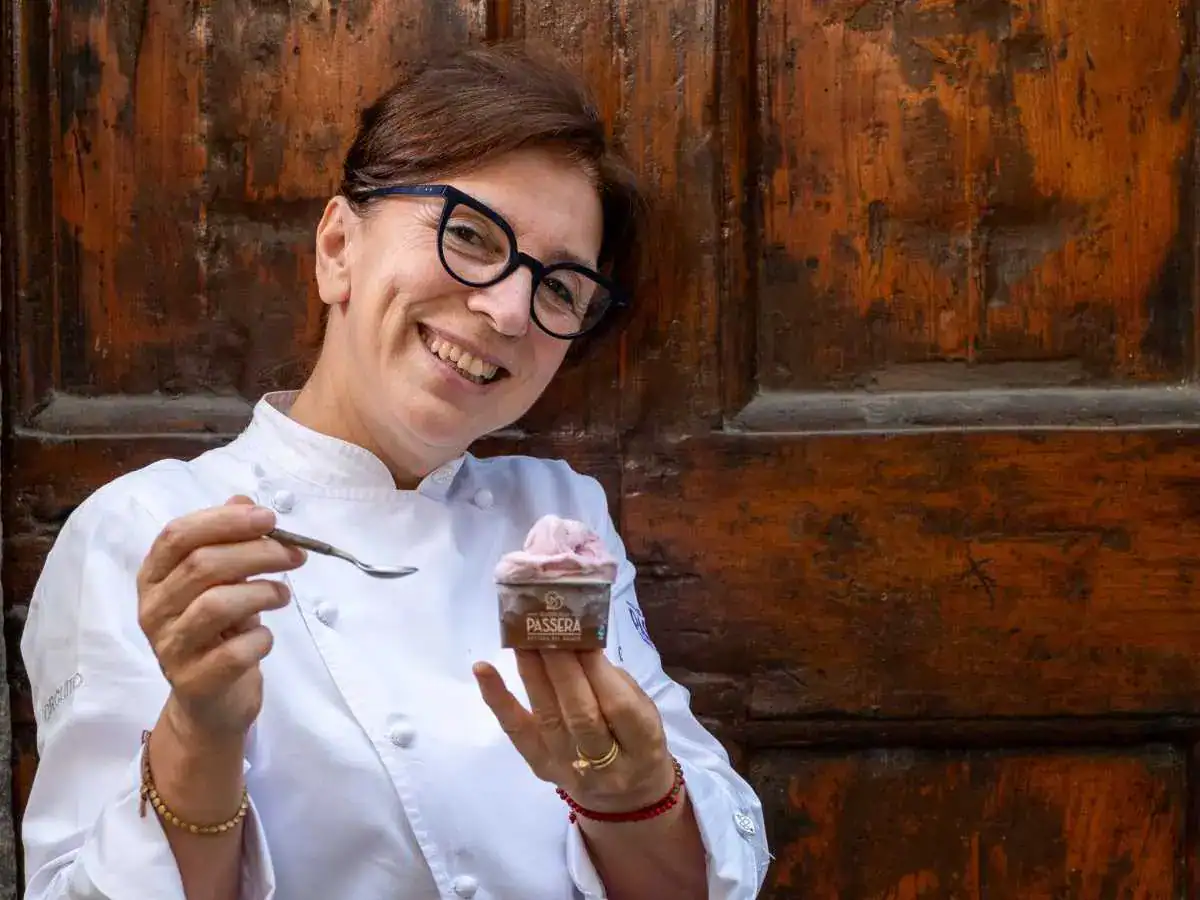 A top gelato maker from Florence launches flavours dedicated to women who made history
A top gelato maker from Florence launches flavours dedicated to women who made history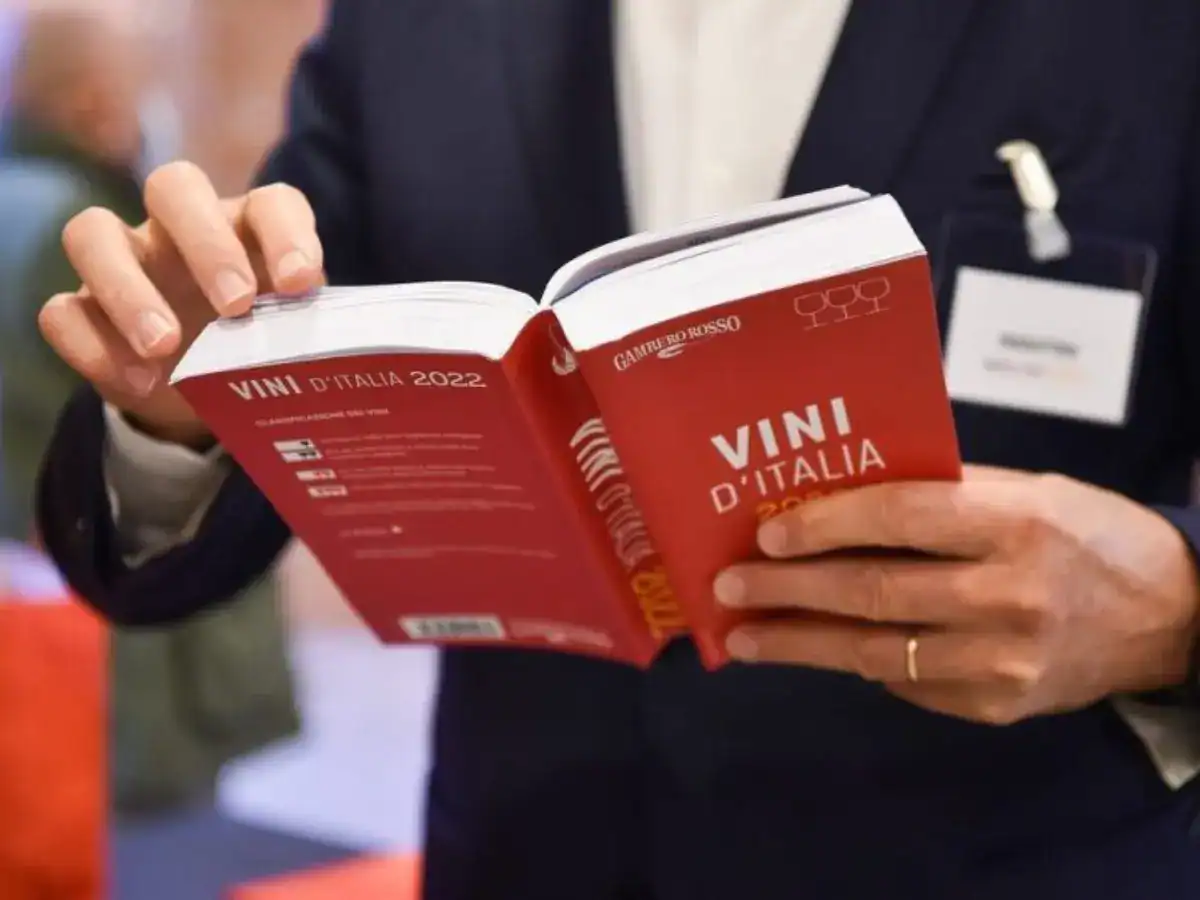 How the Gambero Rosso Vini d’Italia Guide works: the Tre Bicchieri method
How the Gambero Rosso Vini d’Italia Guide works: the Tre Bicchieri method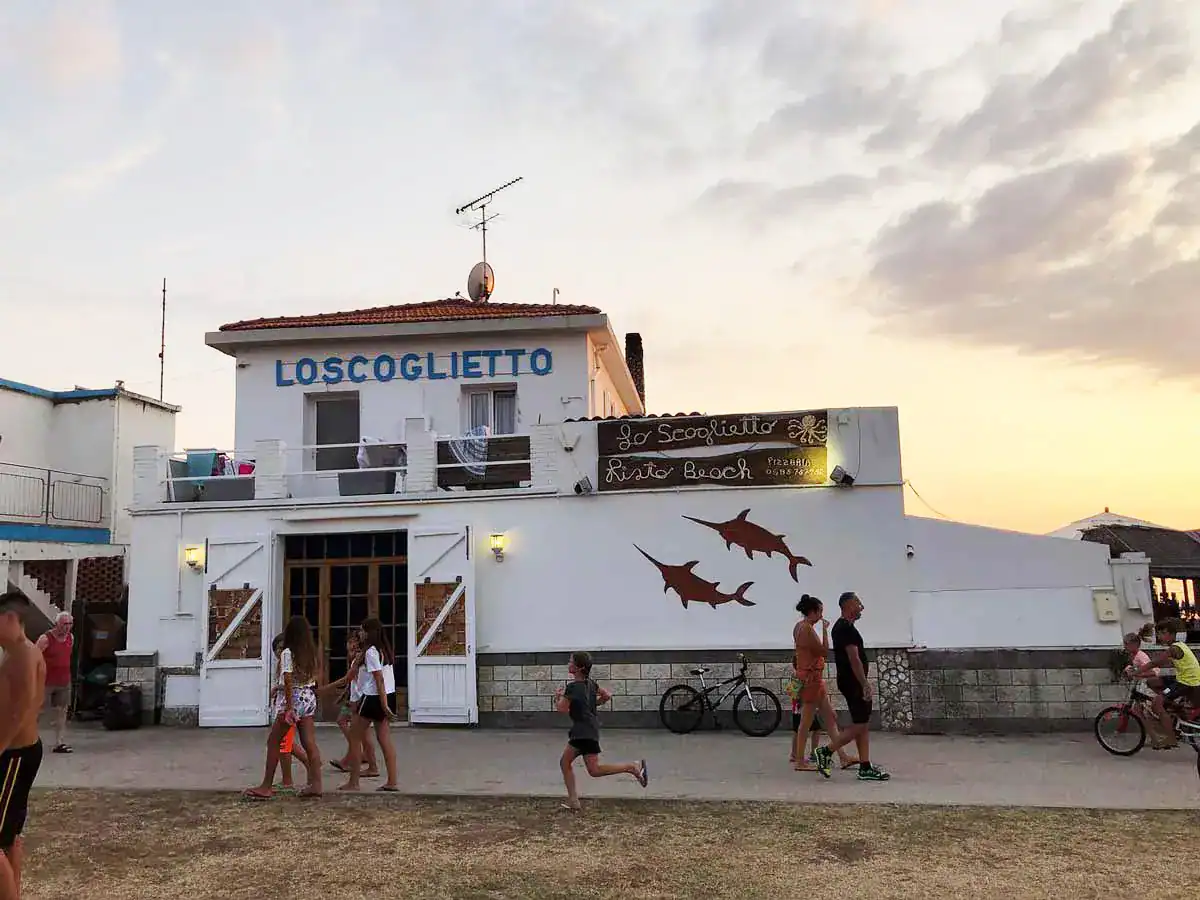 The secret life of the beach club with over a thousand (stunning) bottles on the menu
The secret life of the beach club with over a thousand (stunning) bottles on the menu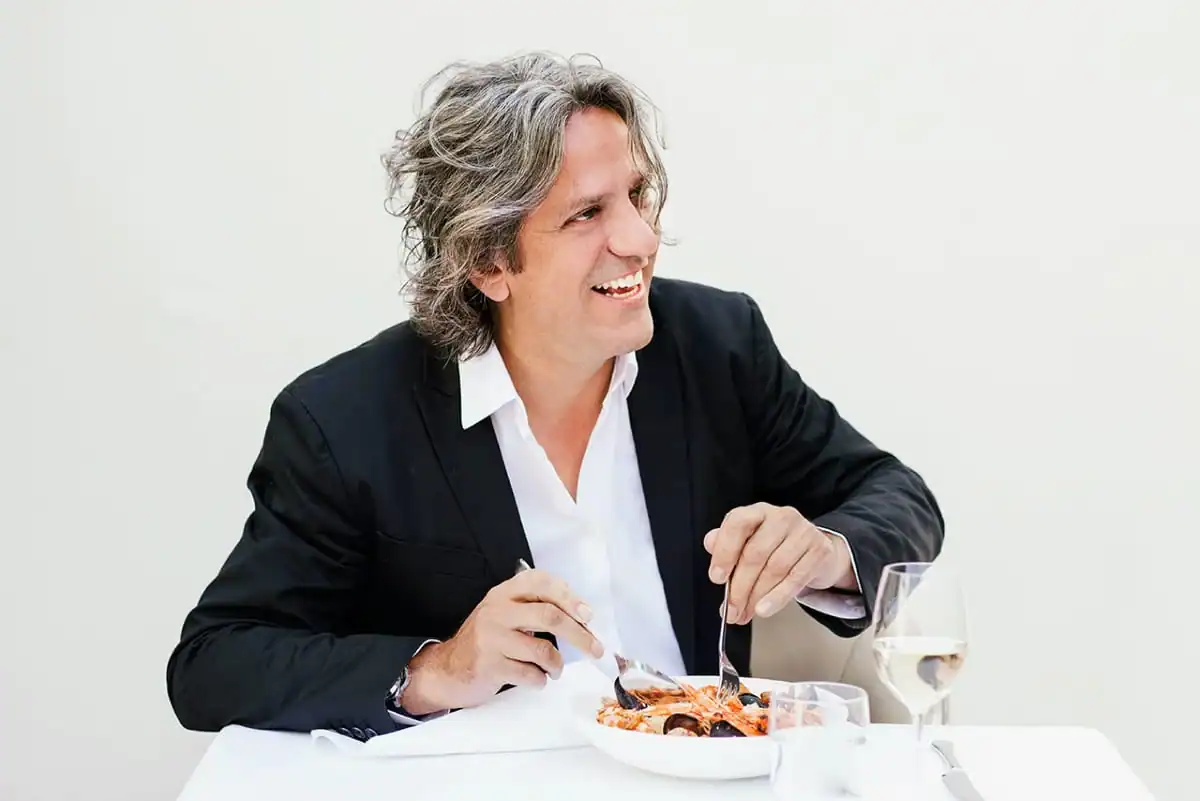 We tried Locatelli’s new restaurant in London: here’s what it’s like
We tried Locatelli’s new restaurant in London: here’s what it’s like